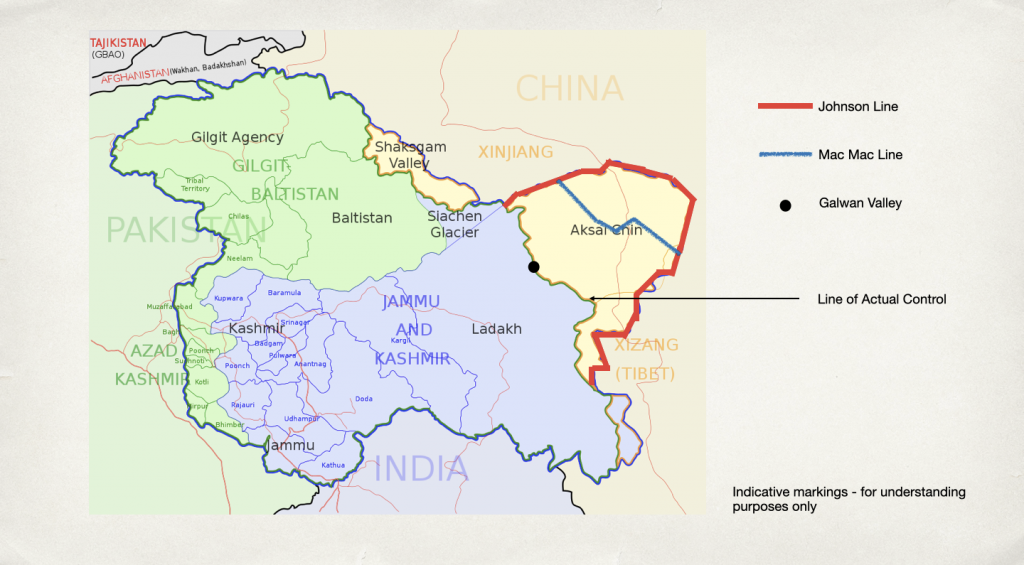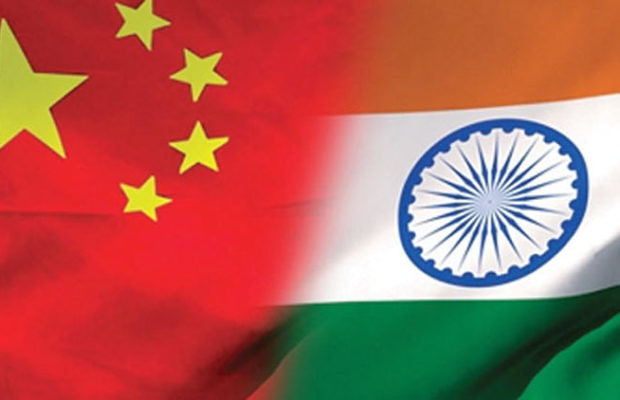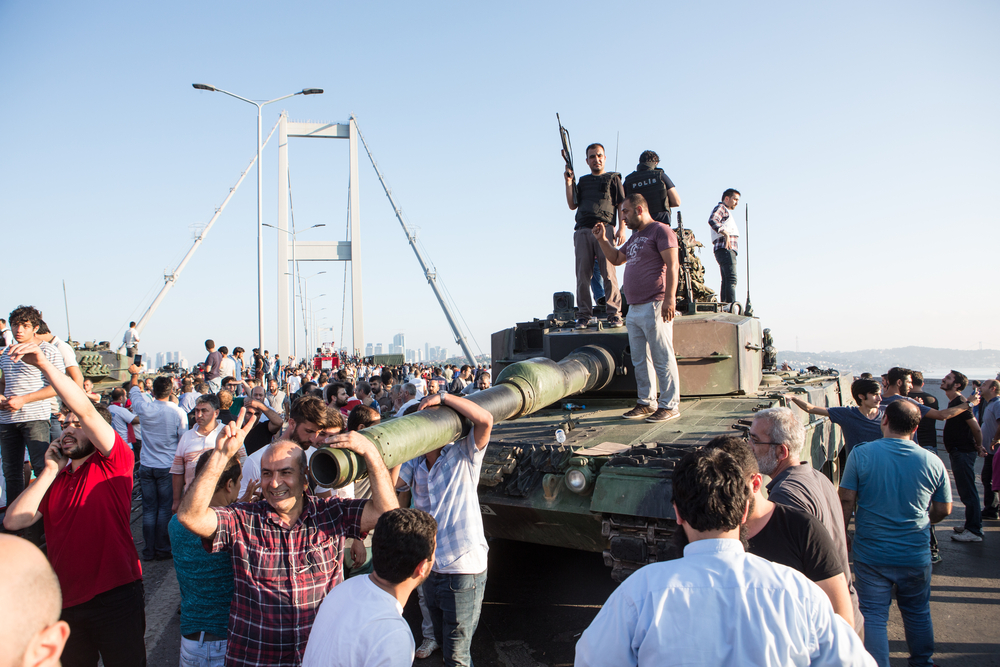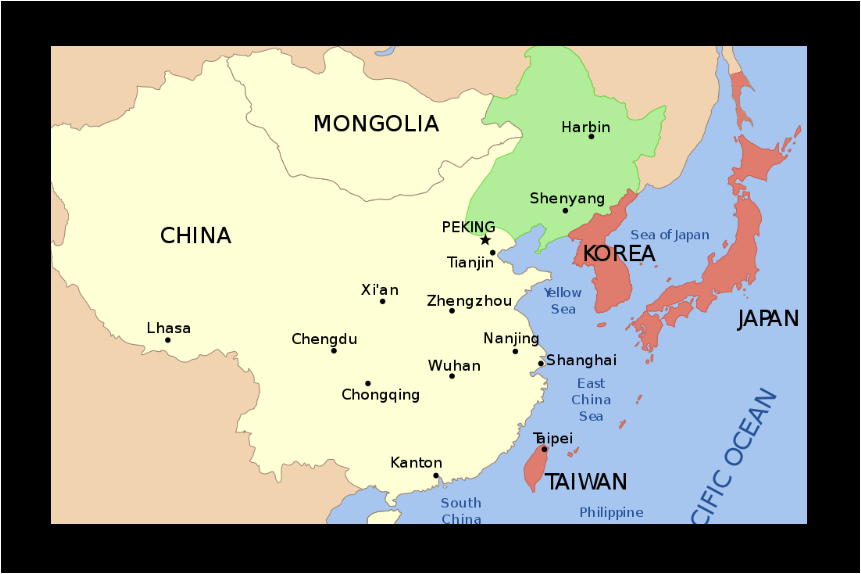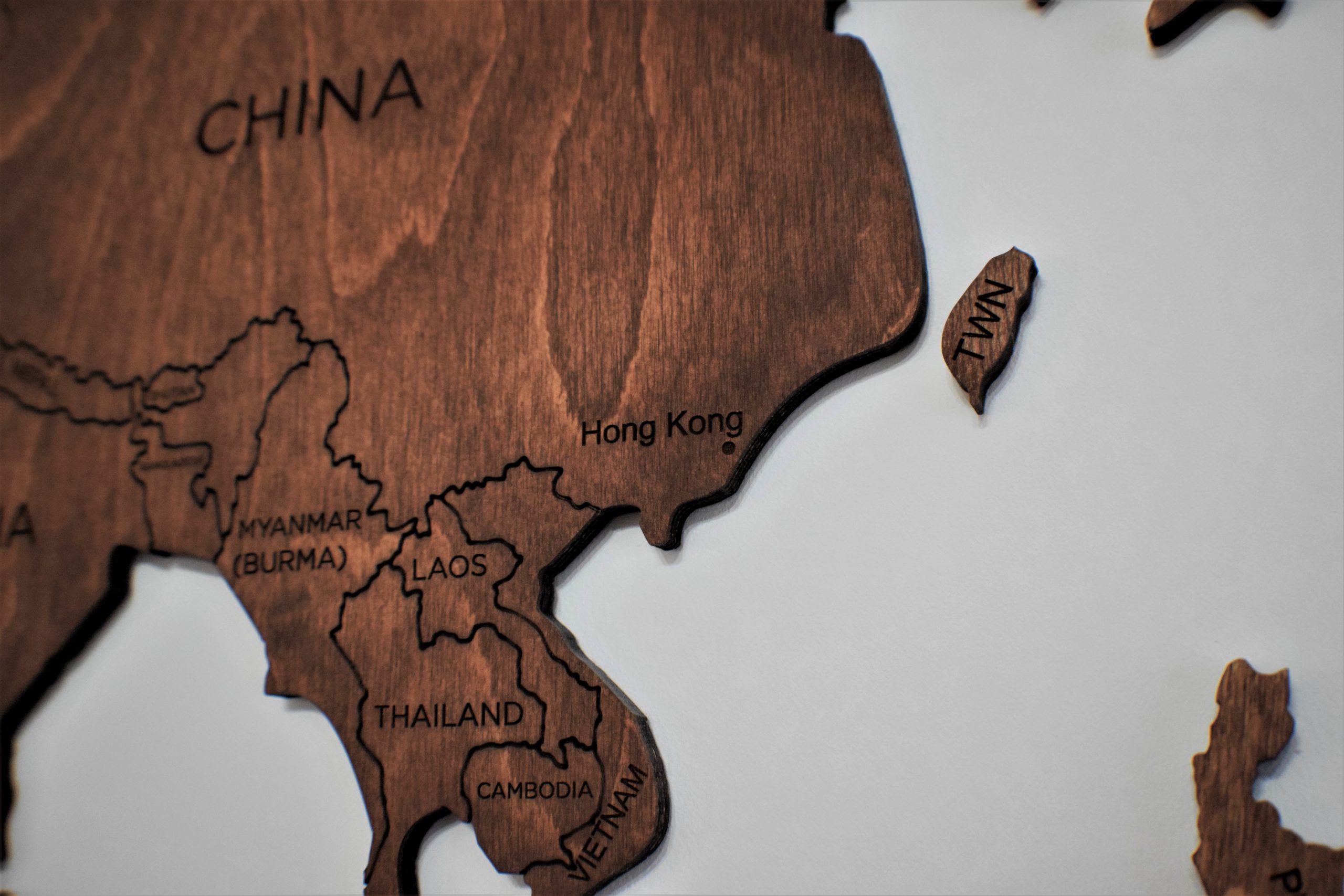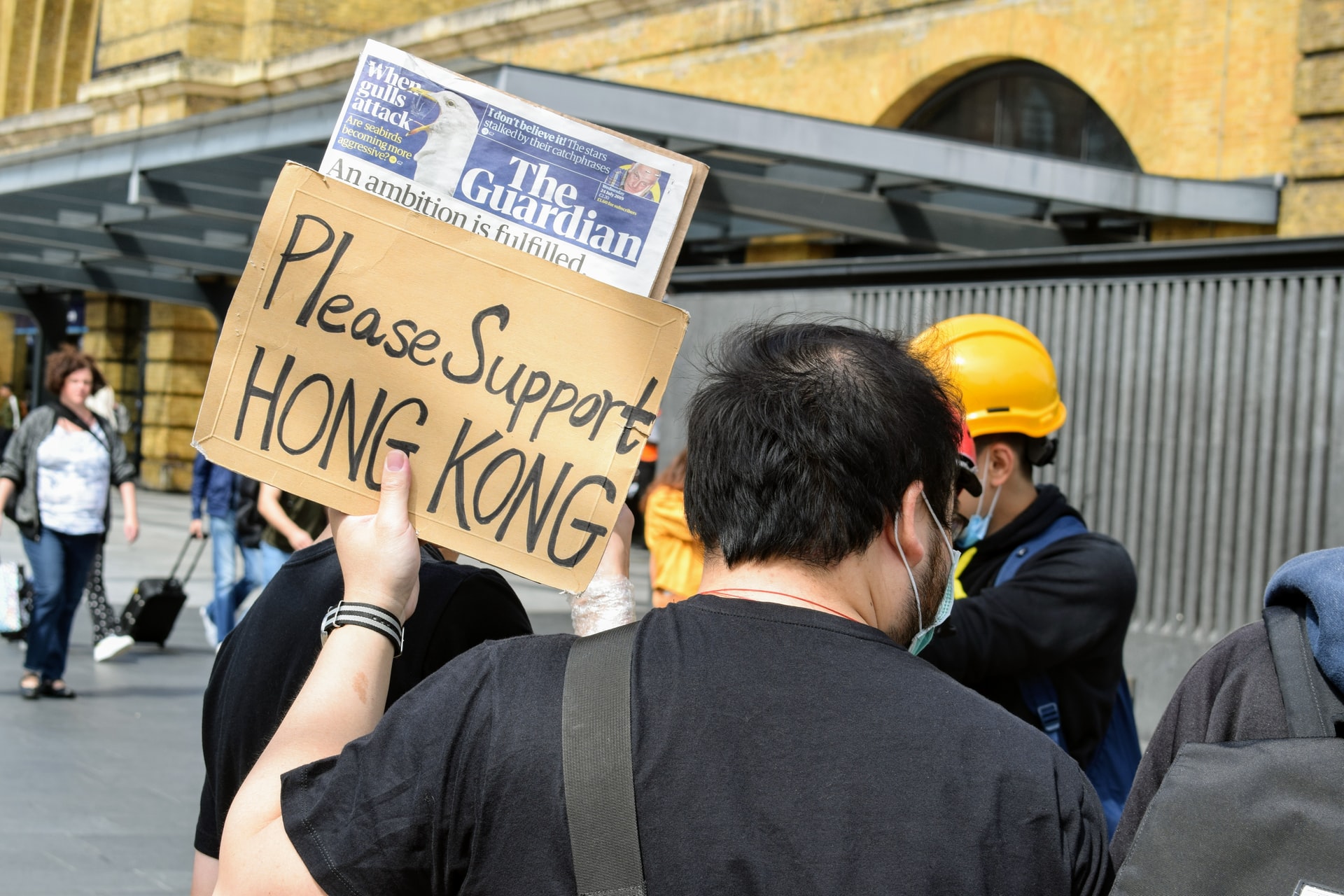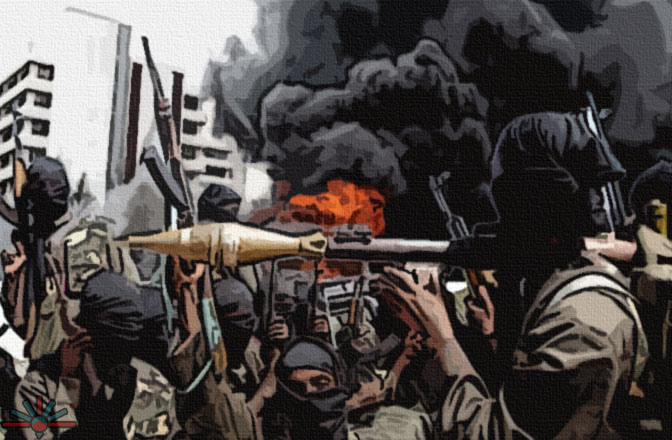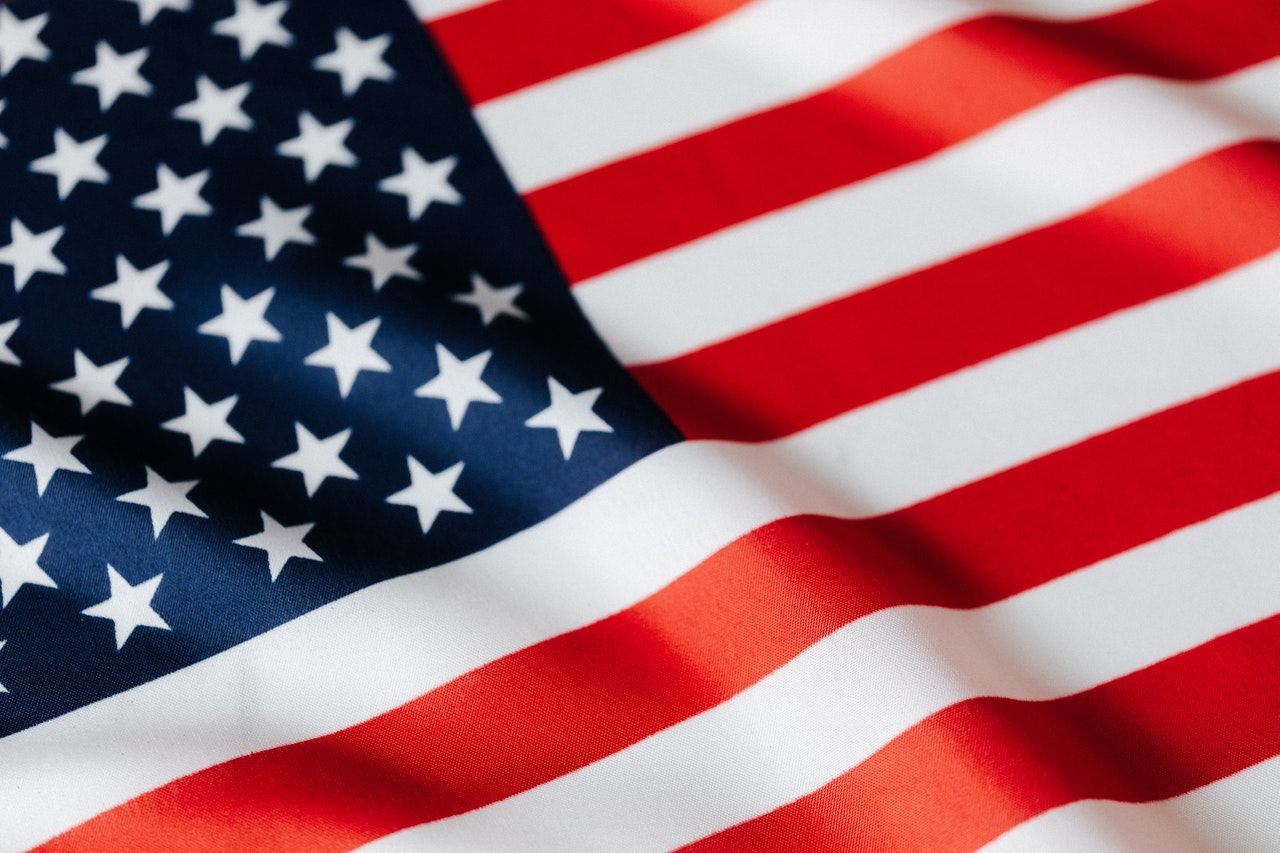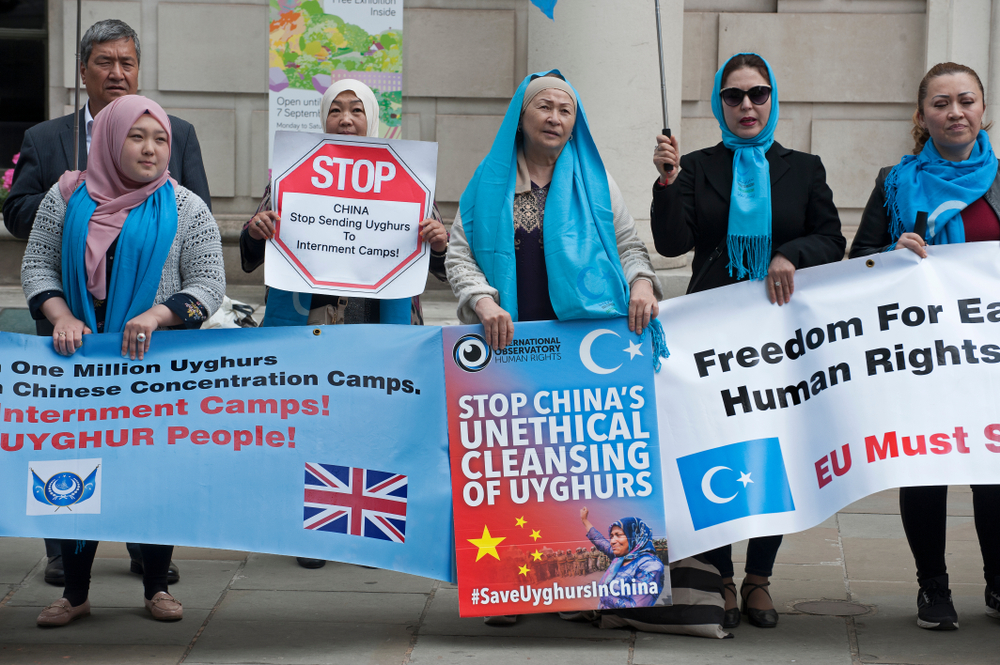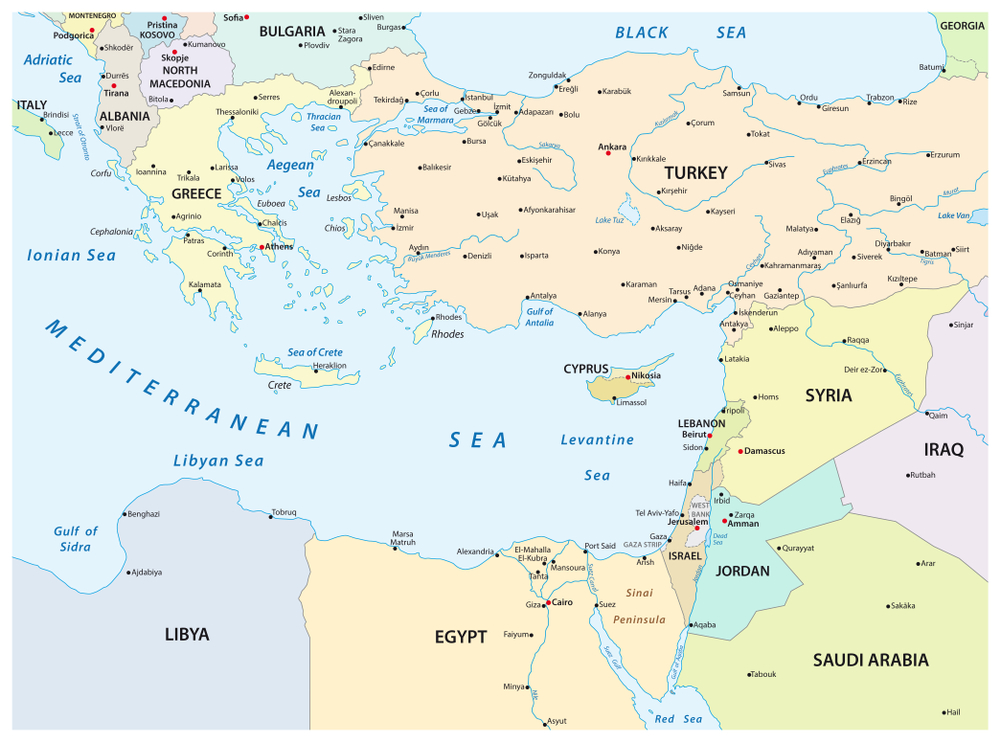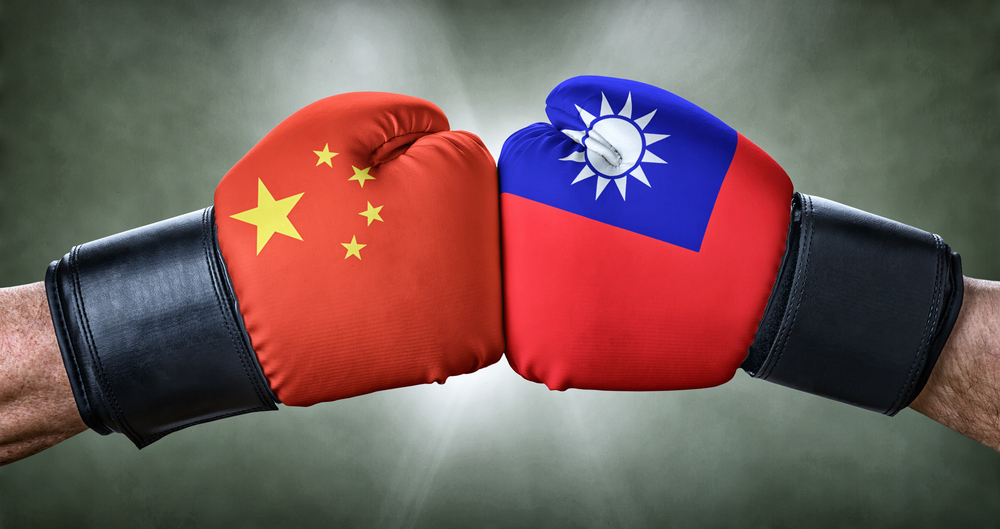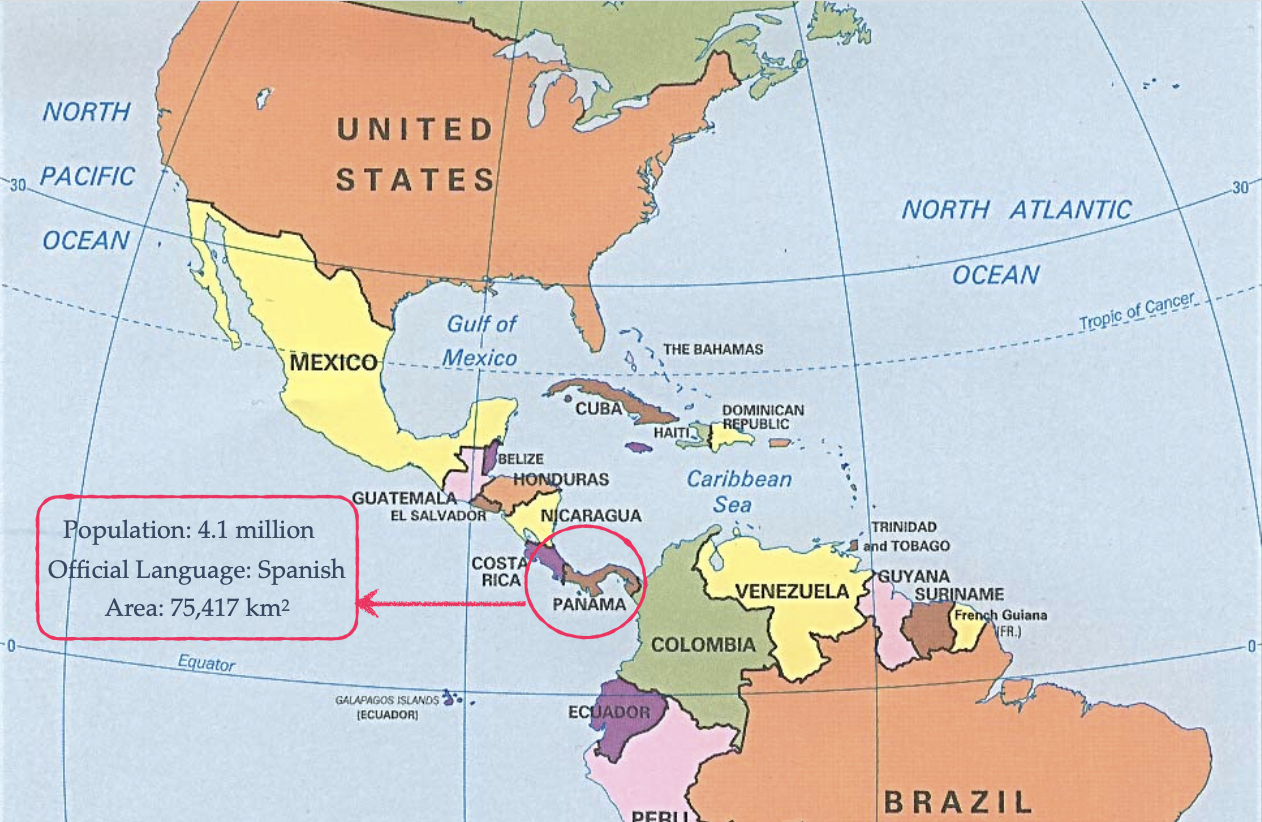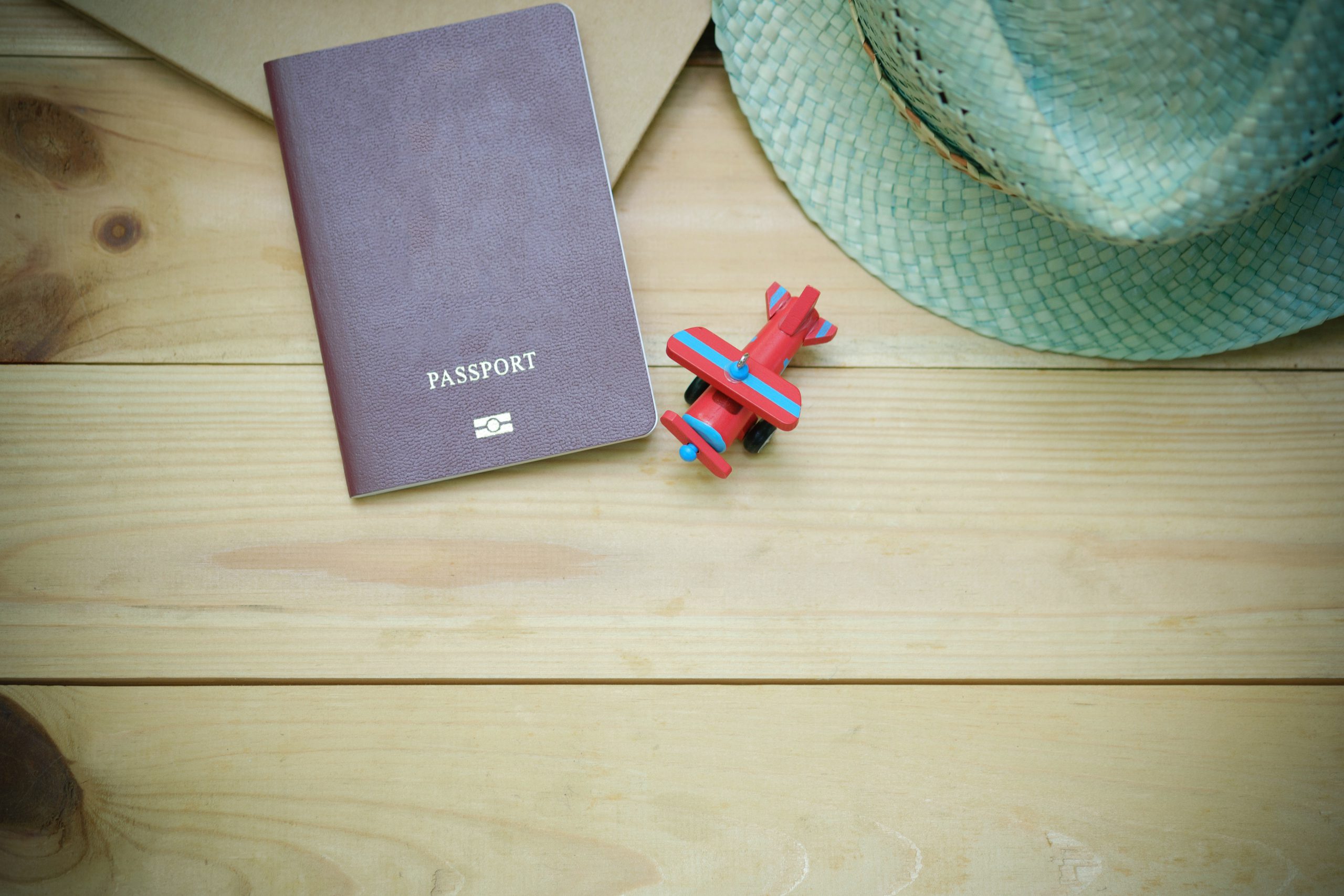Reading Time: 2 minutes
This is a 2-Part series. Part 1 explores the reasons for disagreement on the Line of Actual Control (LAC). Part-2 covers the recent clashes that happened at Galwan.
- India and China have disagreed, for a long time, on what defines the legal border at 3 locations: (A) Ladakh, certain area around Uttarakhand, Himachal Pradesh, (B) Sikkim, and (C) Arunachal Pradesh.
- Out of these, (A) has been the most disputed.
- In mid-1850s, British India claimed Aksai Chin (in image) to be a part of its territory with a border known as Johnson line.
- In 1899, British India proposed a new border Macartney-MacArthur line (Mac-Mac line) giving up a part of Aksai Chin to the Chinese government.
- Chinese authorities didn’t formally respond to British India’s proposal, so British India considered the whole of Aksai Chin to be a part of British India.
- When India became independent in 1947, it inherited the territories and boundaries of the British Empire as decided by the India Independence Act that created another country – Pakistan.
- In 1949, People’s Republic of China was founded and in the early 1950s, China built a network of 3 roads that passed through Aksai Chin, eventually claiming Aksai Chin to be a part of China.
- India rejected this claim and both sides began military patrolling in the area and tensions kept brewing.
- In 1959, India granted asylum to Dalai Lama after Tibet’s uprising against the Chinese rule, escalating tensions that, with border issues, led to Sino-India war in 1962.
- China won the war, made inroads till what they called the proper line (defined as LAC – Line of Actual Control in 1959 by China) that loosely demarcated India-China border and then declared ceasefire.
- Later they announced they would retreat 20 kms from the LAC, but the problem was that LAC was ambiguous and there was never an agreement on what defined the LAC.
- In 1993, a treaty was signed and India legally recognised the LAC (didn’t really accept it), and for the sake of peace, the two sides reached an uneasy agreement.
- This meant that though they still held their respective opinions about what was included in their territories, yet they agreed that neither side would deploy large troops or military equipment at LAC.
- In another treaty in 1996, both sides agreed not to overstep LAC and prohibited the use of arms & explosives near the LAC.
- More attempts were made till 2002 to develop clarity but these didn’t succeed, so the relationship continued to be sour but no major clashes happened till June 15, 2020.
Image courtesy of Planemad through Wikipedia
Reference shelf :

